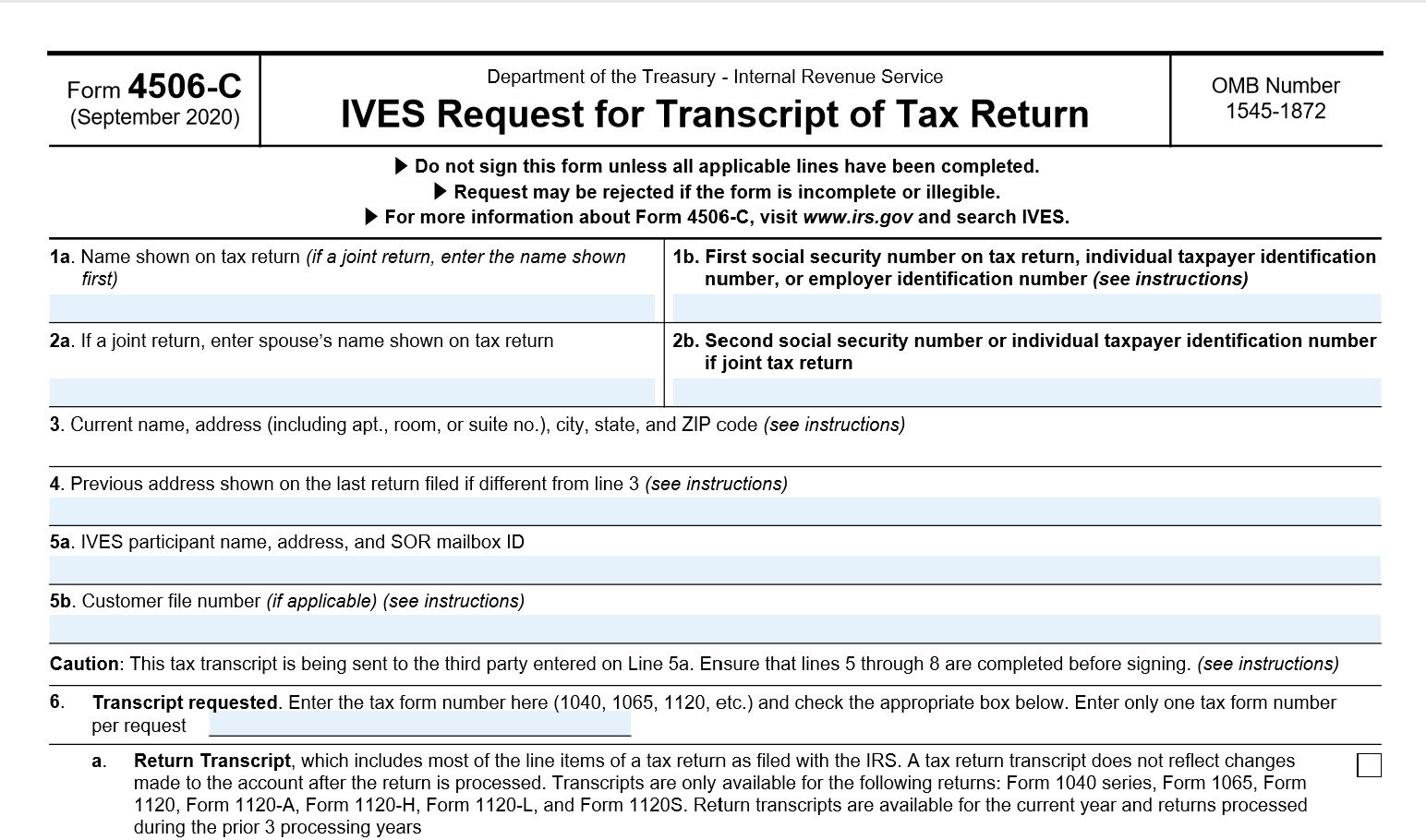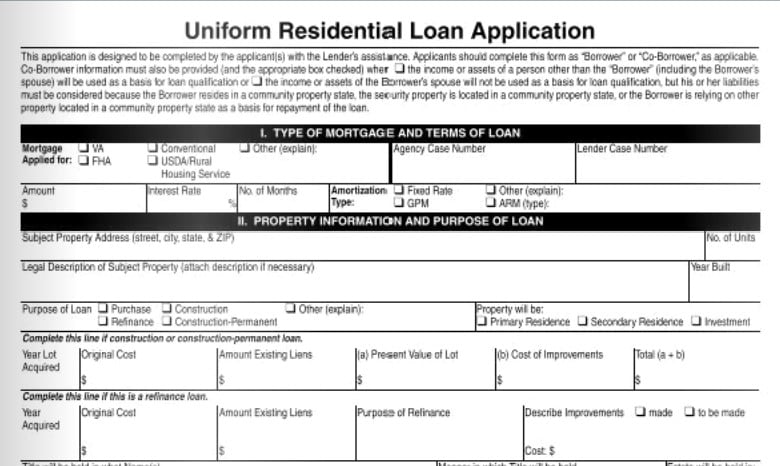CFPB on the Beat Against Lending Discrimination
On April 18, the Consumer Financial Protection Bureau announced that it will “use all legal avenues, including disparate impact, to purse lenders whose practices discriminate against consumers.”The CFPB may face political opposition, its budget may be in peril, and the appointment of its Director may end up being the subject of a lawsuit, but none of these factors seem to dilute the strength of the Bureau’s positions. “Damn the torpedos …. full speed ahead!”
The ECOA makes it illegal for a creditor to discriminate in any credit transaction against any applicant because of race, color, religion, national origin, sex, marital, status, age (provided the applicant is old enough to enter into a contract), receipt of income from any public assistance program, or the exercise in good faith of any right under the Consumer Credit Protection Act. In 1994, the Interagency Task Force on Fair Lending released a Policy Statement on Discrimination in Lending, which stated that courts have recognized three methods of proving lending discrimination under the ECOA:
- Overt evidence of discrimination, when a lender openly discriminates on a prohibited basis
- Evidence of disparate treatment, when a lender treats applicants differently based on one of the prohibited factors, and
- Evidence of disparate impact, when a lender applies a practice uniformly to all applicants but the practice has a discriminatory effect on a prohibited basis and is not justified by business necessity.
Disparate impact analysis can be controversial; in fact, in 2011 the U.S. Supreme Court agreed to decide whether plaintiffs suing under the Fair Housing Act may bring disparate impact claims and, if so, to determine the proper legal test of such claims. The question at hand was whether or not such claims are actionable because of a lack of plain language support in the Act. However, the parties in that case agreed to dismiss, and so the issue remains undecided. Until another action is brought to the Supreme Court, disparate impact analysis permits an action to be found to be discriminatory in situations where a lender has a policy or practice that has a discriminatory effect on members of a protected class, regardless of whether or not there was an intent to discriminate on a prohibited basis. Put more simply, if a practice is applied uniformly to all applicants, a lender without a robust fair lending program may not even be aware of the discriminatory effect … and by the time the lender becomes aware, the discrimination may have affected numerous consumers who are protected against discrimination.
Mortgage lenders and brokers have every reason to keep an eye out for future developments in the area of disparate impact analysis. In 2011, Bank of America agreed to pay a $335 million settlement that was based, in part, on the theory of disparate impact, and statements from the Department of Justice and CFPB indicate that vigorous anti-discrimination enforcement will continue. Unless and until the Supreme Court decides to revisit the issue, a lending compliance program that tests for unintentional discrimination will be part of every prudent organization’s risk management strategy.
Let us digitally transform your mortgage process for increased efficiency and ROI. See how by scheduling a demo today.
Search the Blog
- Recent
- Popular
- Topics










List By Topic
- Compliance (100)
- eClosing (85)
- eSign (71)
- Awards (70)
- Integrations (57)
- Industry Publications (52)
- Total eClose (44)
- eNotes (33)
- Remote Online Notarization (31)
- Document Generation (30)
- eDisclosures (25)
- GSEs (18)
- eVault (18)
- eNotary (16)
- SmartCLOSE (13)
- LoanMagic (12)
- eDelivery (11)
- Philanthropy (8)
- Partnerships (7)
- AutoPrep (3)
- Industry Insight (3)
Subscribe Here
Download the Truliant Federal Credit Union Case Study
Truliant took several key steps to refine its 100% digital eClosing process — including finding the right technology partner.
